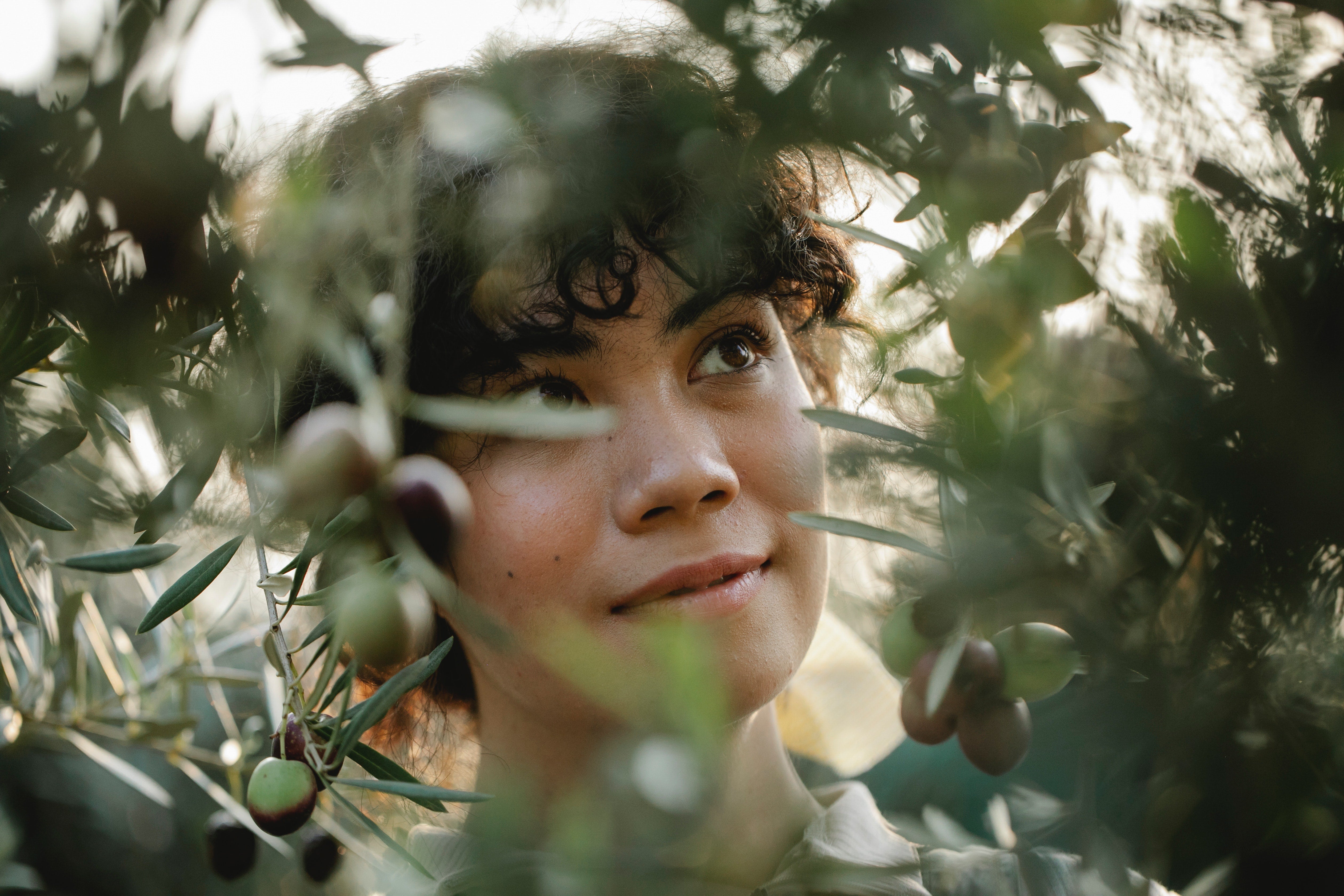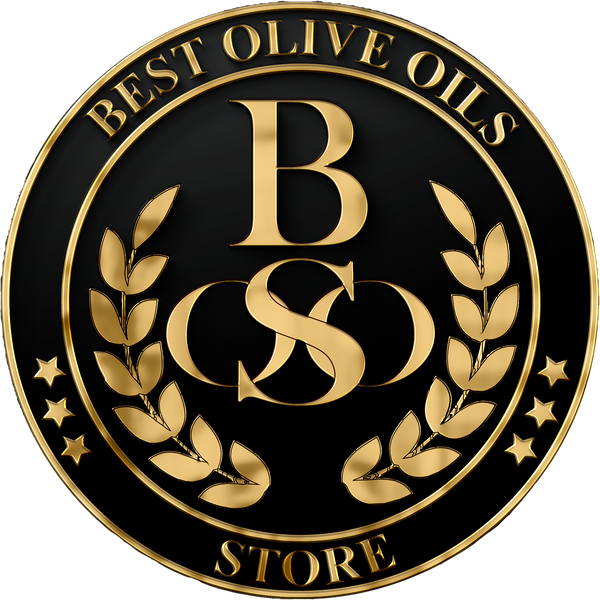
Saint George




Agios Georgios of Keryneia
The name, the history
Agios Georgios of Keryneia (Saint George of Keryneia).
A picturesque village, nowadays under the de facto Turkish occupation. It lies between the seashore and the foot of Mount Pentadaktylos. Its history lays back in the Prehistoric Period. Fossils of dwarf hippos were found there and it was a fiefdom during the Frankish period.
The village, surrounded by fertile lands, because of the many wells (the ‘alakatia’), with olive trees stretching along with cereal crops, soon became a well-known olive production area and a prosperous community.
According to the local tradition, a holy icon of Saint George, one of the greatest and most beloved Saints of Christianity, was found amongst the sandy coves and the beautiful caves of the coast. A church was built nearby to honour the Saint, whose name (Georgios in Greek) derives from the words “γη + έργο”(earth + labor) which create the word agriculture. A legend or a matter of luck, which in any case depicts, the connection between the land and the activities of the inhabitants.
So there, in Agios Georgios village, Costas Mavroudes established the first factory of Company and Bottlers of Saint George Olive Oil, back in 1965, bottling at first only olive pomace oil. The name of the brand was taken obviously from the name of the village.
His main target was to promote olive oil as one of the most valuable treasures of Cyprus. As a result of the Turkish invasion in 1974, the company lost all its assets. However, it managed to regroup and start from the beginning at a small factory, moving later to a bigger one in Nicosia, the capital of Cyprus.
At the beginning of 2005 the company moved for the third time to its new premises at Ergates Industrial Area, just outside the capital of Nicosia, and it is now producing and bottling all categories of Olive oils such as “Extra Virgin Olive oil”,”Olive oil” and “Olive Pomace oil”, in many different packages, all under the brand name of “SAINT GEORGE”.
The new plant is equipped with state-of-the-art equipment. The selection of the highest quality of raw materials is an essential part of the whole process and the quality control is carried out by a group of scientists throughout the stages of production.
The company’s plant meets all the requirements and has been certified as EN ISO 22.000-2005. The modern technology applied in our plant, combined with the years of experience and the love for the valuable final product, the olive oil, has led “SAINT GEORGE” Olive Oil to the top of the Cyprus market.
The Company founder’s vision becomes reality: Every consumer to have access to tasty drops of a cherished and high esteemed treasure of Cyprus.
Our passion
Passion for the Land, the origin devoted to the primary ingredient.
Passion for the process of transformation made with dedication, care, innovation and knowledge.
Passion for the quality, assuring that in every step the best technology and resources are applied for constant product improvement.
Passion for sharing when we bring the final product to the consumer and finally fulfil our purpose.
What makes us unique is Our Passion for the Olive Oil.
The excellence
of our quality
SAINT GEORGE brand is by far the no.1 leading company in the production of extra virgin olive oil in Cyprus and the leading brand preference for olive oil consumers.
Our main export markets are Greece, U.K., Germany, Belgium, Zambia, Australia, Saint Mauritius island, etc., where we also offer products in bulk. Our further increase in exports will contribute to the company’s primary objectives.
Supermarket buyers, large and organized distributors, as well as trading companies that have experience in this type of products, are more than welcome to contact us in order to discover our range of products. By doing that they will be able to take advantage of our vast knowledge on the olive oil export procedures, as we comply to all the international packaging standards and specifications, which enables us to follow through on high demands and deliveries.
Why choose Saint George Olive Oil?
Because being the leading brand preference for olive oil consumers, means that the final product is simply ambrosial.
Because we travel all around Cyprus seeking for the most fertile olive trees and we supervise the cultivation from their time of blossoming.
Because we visit the mills during the period of grinding of the olives.
Because the oil tasting by our connoisseurs emphasizes on our moto ‘aroma-taste-color’, so for all senses to be delighted.
Because before the olive oil is bottled under the Saint George brand, we carry out all the necessary controls, supervised by our expert scientists. Then, the selected varieties of olive oils are stored throughout the year under stable temperature, in a controlled environment, to ensure that their valuable ingredients will not deteriorate over time.
Because we bottle it in modern and fully equipped facilities, which provide an extra seal of guarantee.

Cultivation, Production, Manufacturing proccess
We travel all over Cyprus to find the best olive groves where all the parameters for each Olive Oil production, are examined giving special emphasis on our moto “aroma – taste – color”. Those that meet the strict standards set by our company, are approved for the production process. The selected varieties of olive oils are then stored within stable temperature in a controlled environment throughout the year to ensure that its valuable ingredients will not deteriorate over time.
Cultivation
Preparing the ground is one of the first tasks olive cultivators need to perform. For the soil to be ready, it must be enriched with nutritious elements and be freed from pesticides.
Pruning the olive trees is very important for their productivity. This takes place either at the beginning of spring or during the harvest period. During pruning, all branches which are considered useless are cut so that only the fruit-bearing branches
will remain on the tree.
The irrigation of the olive trees must be carried out with extreme care since olive trees do not require frequent irrigation. However, during the florescence period, that is during the spring months, the irrigation of the olive trees is crucial both for the increase of their production as the quality of their fruit.
The harvest period takes place from the end of October until the end of February. To collect the olives cultivators use the traditional method of caning, as well as modern methods with modern machinery.
The traditional method of caning includes beating the olive tree with a wooden stick to that the olives will fall to the ground and more specifically on the huge sheets which are previously placed under the trees. Next, the olives are put into cases and transferred to the olive oil press for the production of olive oil.
Finally, some olive cultivators follow the traditional method for the multiplication of olive trees called grafting. This particular method involves attaching a branch of olive tree to another tree, while it takes three years after it has been planted for the tree to produce
any crops.
Production Stages
Cyprus Olive Trees are being cultivated in mountainous areas of Cyprus
Harvesting of the Olive Fruit with the process of beating and the use of nets for the collection, which is stored in bags with a capacity of up to 50 kg
Transport of the Sacks to the olive mill
Washing and removing the olive leaves
Crushing and mashing of the olive fruit
Application of the centrifugation method to separate liquids from solids
Separation of olive oil from the water of the olive fruit
First chemical analysis to determine the acidity of olive oil
Second Chemical control (K232, K268, DK, peroxides, etc.) residual pesticides, organoleptic evaluation
Storage of olive oil for cleaning the sediment
Olive oil filtration
Storage of filtered olive oil in a new stainless-steel tank
Bottling and standardization of olive oil
Sampling of the finished product
Packaging and placement of the final product to customers!
Guarantee of Freshness
Before bottling any “Saint George” Olive Oil, everything is filtered and clarified. These processes are not, by any means, altering the nutritional properties and qualities of the Oil but help to improve the product conservation significantly by eliminating solid particles and residual water droplets from the oil.
The Manufacturing Process
Oil Selection
Different Olive cultivars (or varieties), production zones, degree of ripeness and fruit health produce very different qualities of Extra Virgin Olive Oil. Extraction technology (olive mills), time frames and storage methods also impact first on the olives and then on the oils. Each batch of olives is unique and our task is to create the best Cyprus Extra Virgin Olive Oil which their aroma, flavour, colour and taste are approved and processed in the lab for the following quality and authenticity tests.
Quality Tests
We have a testing lab in our premises, with innovative equipment of such sensitivity that can detect even a single drop of contaminant in a million Litres of Olive Oil. Every year we perform approximately 5.000 tests and monitor the products across the whole life expectancy cycle checking around 30.000 parameters.
Chemical Testing
More than twenty different chemical tests enable us to monitor oil quality and its purity from pesticides, minerals oils, environmental contaminants and solvents.
Delivery and storage of raw materials
Different produce of Olive Oils is delivered to our premises every year and its only after the completion of various tests and analysis the Olive Oil is deposited in the storage tanks. Oils with different sensory characteristics and origins are stored separately. Only just before packaging the various Oils all with their unique and different aromas and flavours are mixed according to our recipes and blends that are decided by the experts of “Saint George” so that the results are approved by the sensory profile and quality standards set for each Extra Virgin Olive Oil.
Transferring and blending
Any transfer or mixing of Oils from one tank to another is recorded and processed by an IT system which keeps track of the analytical values of the oil in each tank and updates the values. During the packaging phase further 1.000 test per year are performed to ensure that all manufacturing phrases from blending to filtering are done correctly.
Warehouse and storage tanks
We have approximately 25 storage tanks all made from high grade Stainless Steel with capacities varying from 3 to 100 tons with different use according to each type of Oil. Tanks are supplied with an inertization system with nitrogen gas which prevents oil coming into contact with oxygen and thus preserves it qualities. Level sensors measure exactly the quality of oil present in every tank and the available storage space. Some of the tanks that are used for our products are temperature controlled from a range of 53 64F degrees. Electronic sensors inside each tank are set to monitor the quantity of oil in each tank and allow the transfer from one tank to another during the blending phase.

Aroma, Taste, Colour
Kypros (Cyprus) the “Evelaios”:
This is how Strabo described the island of Cyprus,
as it was well known for its richness in olive trees and olive oil.
Olive trees were first appeared in Cyprus during the Neolithic era, but according to archaeological references, were not intensively cultivated until the late Bronze Age.
Throughout the centuries, in ancient Cyprus and the whole of the Mediterranean area, the sacred olive tree and its blessed fruit played an important role in every aspect of life, daily or public. Ancient Romans used to craft jewellery from olive branches to honor the distinguished citizens. In Egypt, it was believed that goddess Isis possessed the know-how for the olive tree cultivation. In Islam, the Quran mentions the olive tree numerous times, as it symbolized the Universal Man and the Prophet. Minoan murals were found depicting olive groves. In Laconia, a region in Peloponnese, Greece, a number of golden drinking cups found in a Mycenaean era’s tomb, had engravings of olive trees. In Portugal, evil spirits could be banished using an olive branch. Artists, like the legendary painter Vincent van Gogh were fascinated by the ever changing color of the olive tree, while numerous poets from all around the world, praised its holiness…
It is a plant which should be treated with reverence as it holds many spiritual gifts. It is a symbol of wisdom and friendship, cleansing and healing, victory and richness and, above all, a sign of reconciliation and peace. ‘Kotinos’ in Greek, was the crown of olive branches given to athletes during the Olympic Games and the phrase “to offer someone an olive branch”, always meant “to make peace with someone”.
The “liquid gold”, the olive oil, according to Homer, is through time the most precious superfood. It was “the great healer” according to ancient Greek physician Hippocrates and it was used in the production of both medicines and cosmetics. It was a great asset for trade, used as currency and fuel for houselighting.
In ancient Greece, it was used as an offering to altars and sepulchral stones. Athletes used to rub it on their naked bodies, before and after the competition, to emphasize their physical beauty and to call upon the favor of luck, a custom that has survived through the time.
From being used during pagan rituals, the sacred olive oil becomes eventually one of the most important symbols in Christianity, as it is essential for the administration of three of the seven sacraments, the christening, the anointing and the extreme unction. The myrrh, known millennia back for its healing properties, represents now the many and various charismas of the Holy Spirit.
As a religious commodity, signifies the divine mercy, the rebirth, the eternal joy and love, and the purification. It becomes a holy amulet for congregants to get over hard times.
“Age old olive trees, hollow contorted trunks…”, a description given by the Greek poet Yiannis Ritsos to the centuries-old trees, which like living works of Art with their interesting and intricate growth pattern, never lack in fruit, so for us all to ever taste their blessed oil.








saintgeorge-oliveoil.com



